32 essential hiking tips for beginners to get onto the trails or into the mountains
If you're new to hiking, having a list of need-to-knows can make all the difference and help boost your confidence on the trails


If you're new to hiking, it's useful to have some tips and tricks to help you build your confidence and skill on the trails, in the mountains, and even on footpaths in your local area.
Hiking and walking are two of the most popular activities in the world. They are sports that everyone can do, by themselves or with others, regardless of age or starting level of fitness.
Here, keen hiker, certified fitness instructor and Digital Health Editor Grace Walsh reveals her tips for new hikers - from the best walking shoes to what to pack in your snack pack and how to support yourself away from the trails.
32 must-know hiking tips for beginners
Find the right shoes for you

Hiking shoes are one of the only 'real' essentials when it comes to hiking. You need a good pair of walking boots or trail running shoes whether you're planning to just take on some local trails or a full-on hike.
A good pair of hiking shoes or boots will be waterproof while still relatively breathable, comfortable to wear for long periods, made from lightweight textiles or leather, and ultimately, offer good support to the foot and ankle while you're on the move.
The best walking shoes: our top three picks
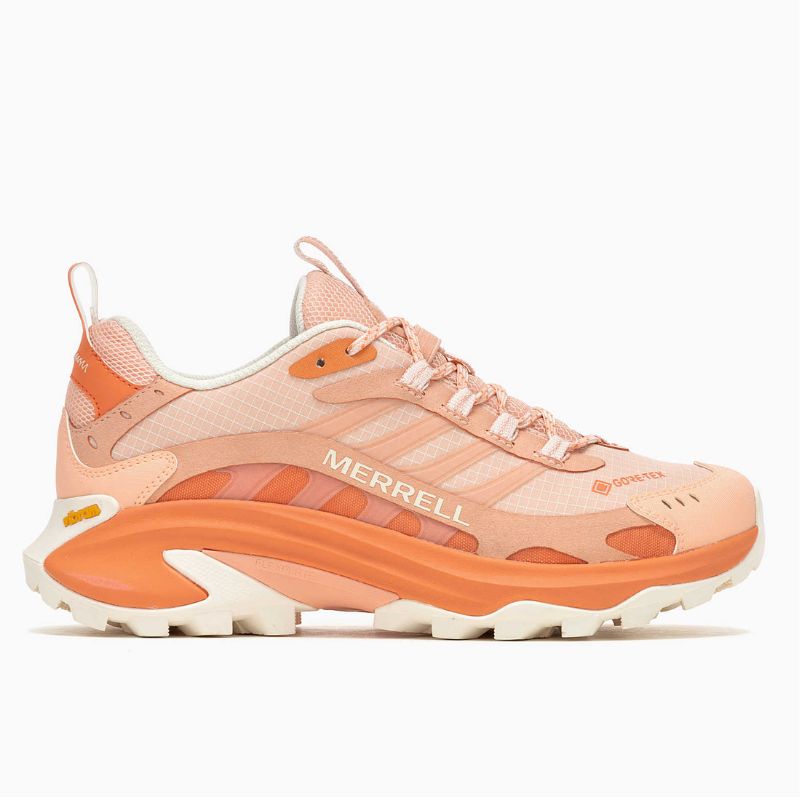
Suitable for a range of city walks and countryside hikes, you can't go wrong with the Merrell Moab Speed 2 GORE-TEX. You'll find great support around the midfoot and a grippy outsole with thick lugs for a reliable grip.

With thick support around the ankle, plenty of room in the toe box, and a breathable upper layer, the Columbia's Konos TRS OutDry shoe is designed to keep feet comfortable and dry in inclement conditions - handy for hikes in the unpredictable British weather.

Hoka is known for its high-performance running shoes but the walking shoes are just as comfortable, supportive, and effective at taking on the trails or mountain paths. These are completely waterproof, with thick lugs for super grip, cross-lacing for extra support, supreme ankle support, and plenty of room in the toe box.
Weatherproof your wardrobe

The key to a good hiking wardrobe is good weatherproofing. If you're hiking in the UK, you really need to be prepared for just about any weather and its after-effects. Some key hiking wardrobe essentials include walking shoes, a GORE-TEX raincoat, waterproof trousers, sweat-wicking socks, and a backpack.
Sign up to our free daily email for the latest royal and entertainment news, interesting opinion, expert advice on styling and beauty trends, and no-nonsense guides to the health and wellness questions you want answered.
Forget the umbrella, forget the jeans. While not all outdoor outfits are glamorous, knowing what to wear hiking for the right weather can be the difference between an enjoyable hike and one that ends early.
Invest in socks

Socks are the most important part of any hiking wardrobe, second only to the walking shoes. Not only do they help prevent blisters by wicking away the moisture from your shoes or boots, but they also provide cushioning to the heels and balls of your feet, which can take quite a hit after a few hours on the trail.
Much like walking shoes, choose socks that are the correct size. Otherwise, they may cause problems rather than solve them. Socks that don't fit properly can create friction against your foot, causing blisters and making your feet sweat.
Where possible, opt for hiking-specific socks and water-resistant socks (yes, they really exist) - and always bring two pairs, just in case yours get wet or muddy. There's nothing worse than having wet feet when you're hiking.
Know your route

Whether you opt for a paper map or a route on a hiking app, you need to know where you are going. Don't rely on following signposts or following others - even if they have a map.
If you get lost or become separated from the group, you need to know where you are and where the closest aid point would be to get help.
Remember to drink water

Hydration is key during any exercise and hiking is no different. However, as hiking can be less intense than other exercises like running or cycling, you might not notice that you're thirsty as quickly.
Have a source of water that's easily accessible while you're on the move. For example, a bottle that you can reach without having to take your bag off.
Remember to wear suncream

We've all been burnt on a day when the sun didn't really look like it was out. This can easily happen on a hike when you're distracted by walking and talking, and the shade of any trees can be deceptive.
Always wear sun cream on uncovered skin - regardless of whether you think there's enough sun to be a problem.
Plan your stops

It's a good idea to plan a few stops on your hike. These could be spots to grab food and drink (alongside the snacks in your bag) or just a planned rest spot to look at a view.
Taking the weight off your feet for at least 10 minutes every few hours will help you pace the hike and make sure you don't get worn out too quickly. It'll also make you enjoy the non-walking elements of a hike, like getting in touch with nature and enjoying the view.
Pack spares

In your hiking backpack, you should have extras of all your essential clothing - including socks, t-shirts, and jackets. Not only is it important to have these extra pieces so you can change if you get wet or muddy, but they can be essential layers should the weather change for the worse.
Speaking of spares, it's also a good idea to bring more food than you think you'll need - an extra granola bar and a bottle of water. If you end up being out on the trails for longer than expected, these can be vital.
Venture outside your comfort zone
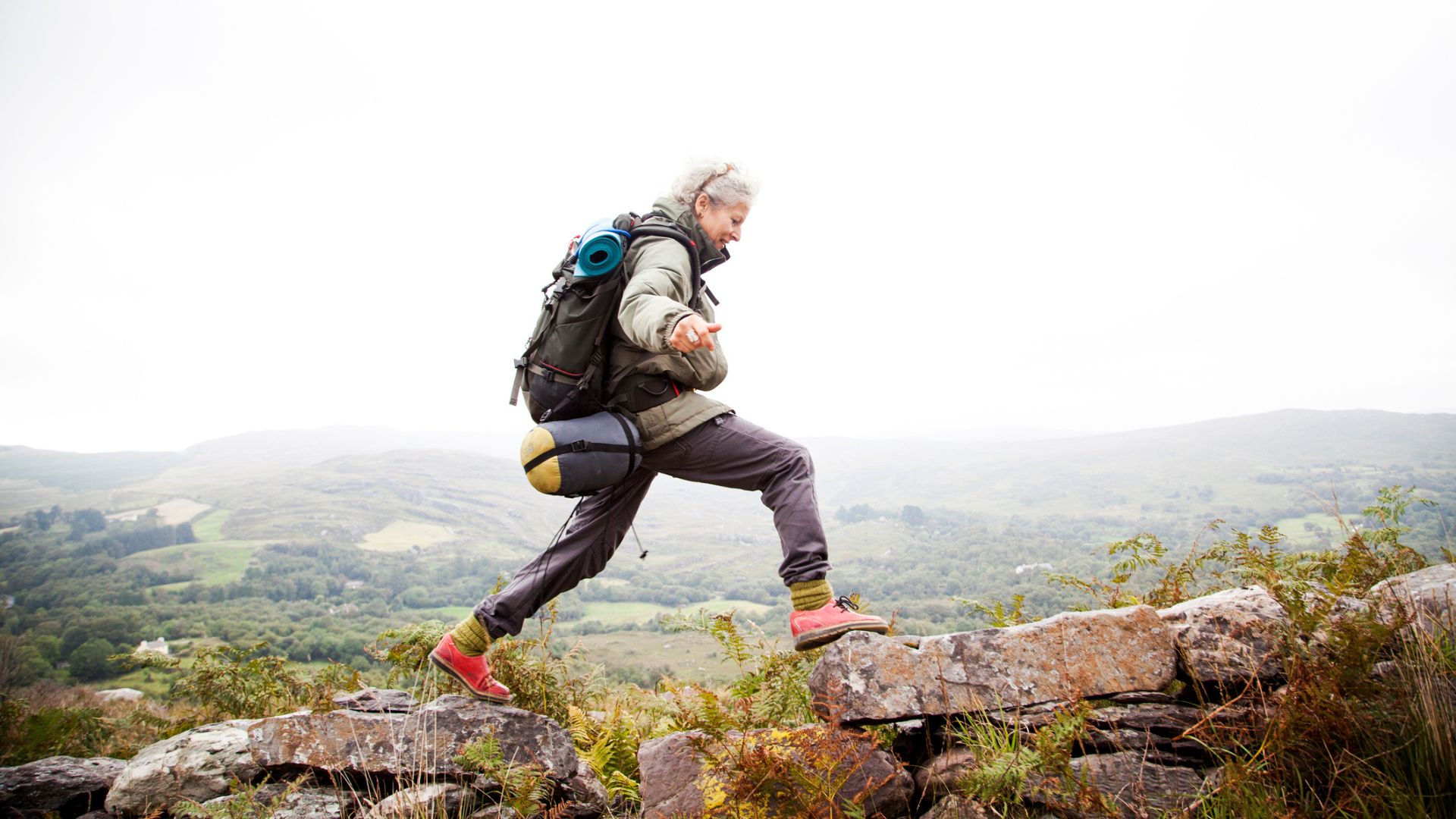
Hiking is supposed to be fun! So, venture outside of your local area when you're new to hiking to discover new terrains and trails you otherwise wouldn't have seen.
Hiking apps like Komoot and AllTrails can be very useful for this as you can see routes within a reachable distance to you, all pre-planned and ready to walk when you're ready.
Fuel before you walk

It's a good idea to fuel up before heading out on your hike, especially if you're only carrying snacks in your pack. Breakfast foods made up of complex carbohydrates - such as porridge, homemade granola, wholemeal bread with peanut butter and banana - will be best as these will release energy slowly through the morning.
Foods with protein and healthy fats are also a good idea as these two macronutrients are slow to digest as well, keeping us fuller for longer.
Eat more when you're finished

When you're finished with your hike, remember to refuel - even if you've been eating plenty along your hike. Your body will have gone through a lot of energy stores if you've been walking all day - and even more if you've been walking on difficult terrains and in challenging weather conditions.
Refuel your body post-hike with lots of carbohydrate and protein-rich foods. These will help top up your energy stores for the next day and support your muscles through recovery overnight.
Leave no trace
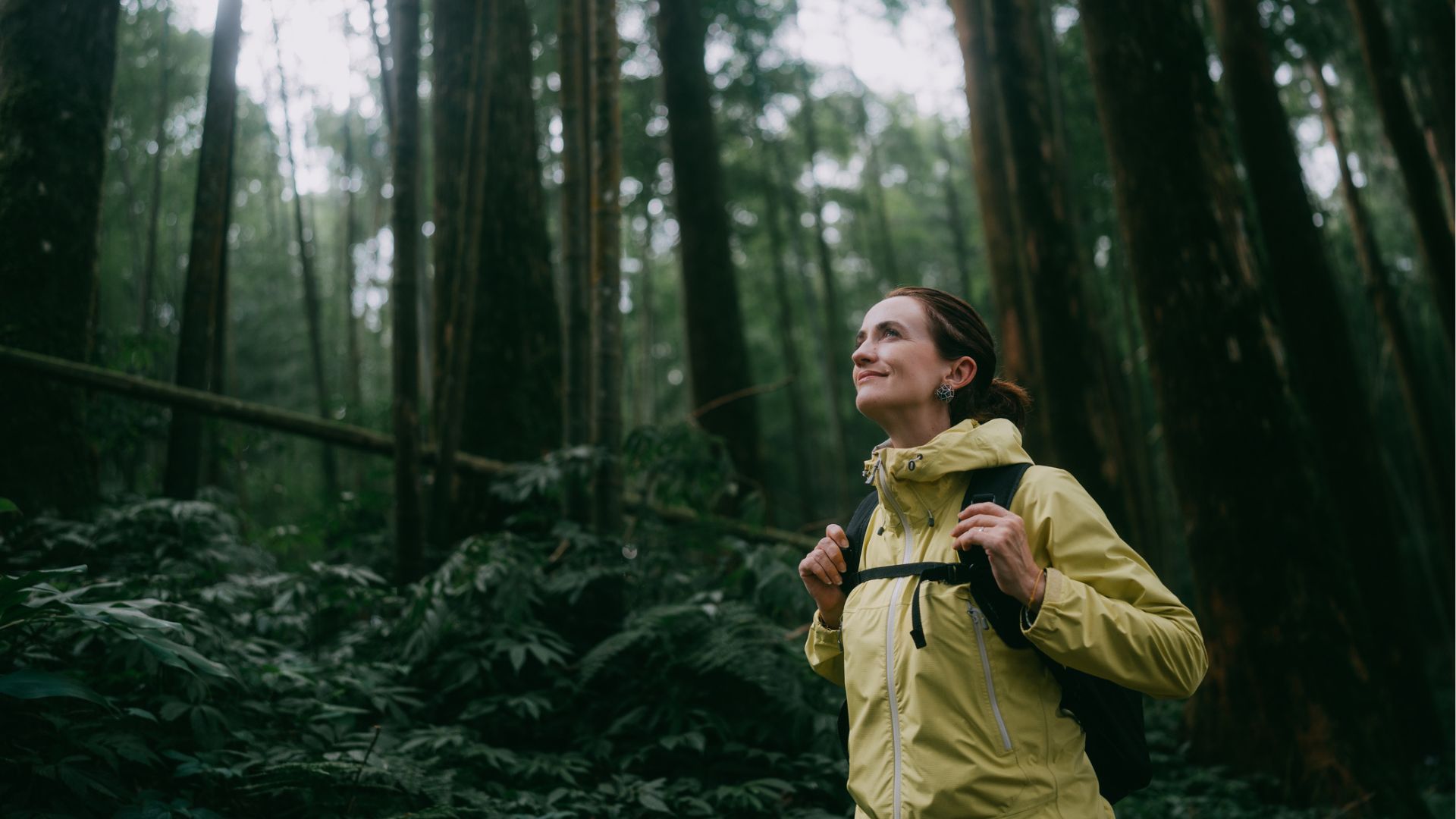
You may have heard this instruction before - or even seen it written on signs across hiking trails around the world. Many people think it essentially means 'don't litter' - but this is just one principle of the seven established ones.
The other six principles of 'Leave No Trace' include: plan ahead and prepare, scheduling your trip outside of peak seasons where possible to minimise human damage to the landscape; travel and camp on durable surfaces for your safety and that of the land and wildlife in the area; leave what you find, which means leaving animals, plants, and other elemental landscape features where you found them; minimise the impact of campfires with certified equipment and limited use; respect wildlife; and be considerate to others.
Time it right

It's always best to hike outside of the peak seasons and busiest days of the week, if you can, so time your hike right. This might mean going hiking on popular trails on weekdays instead of over the weekend, in spring rather than summer, and earlier in the morning.
Not only will this be more enjoyable for you - no one likes a busy trail - but it'll lower the risk of damage to the landscape so you and others to come can enjoy it in the future.
Tell someone where you're going

If you're going hiking by yourself, make sure to tell someone where you're going and when you're expecting to be back. When you can, check in with this person on your route to update them on your progress. This is basic safety to make sure that you get the help you need if something happens.
For the same reason, make sure your phone is fully charged.
Learn hiking etiquette

Typical hiking etiquette mirrors driving etiquette in many ways: stand to the side to allow hikers coming uphill when you are going down, don't take up the entire width of the trail, don't litter, and if you need to use the bathroom on the move, do it discreetly away from the main trail.
It's also customary to greet fellow hikers on the trail - you're all in it together, after all - and polite to keep even well-behaved pets on a leash as you never know who you are going to bump into.
Prepare for the unexpected

Expect the unexpected when you're out hiking, as much as possible. The 'unexpected' could be a change in the weather - so always pack plenty of waterproof clothing and layers, or an issue with the trail - so always know your route and how to read a map, or it could be an unexpected incident on the trail outside of your control like illness or injury - so always pack a first aid kit and have your emergency contacts ready.
You can't prepare for everything but having a good idea of what to do should your initial plans be disrupted is essential when you're new to hiking.
Take photos
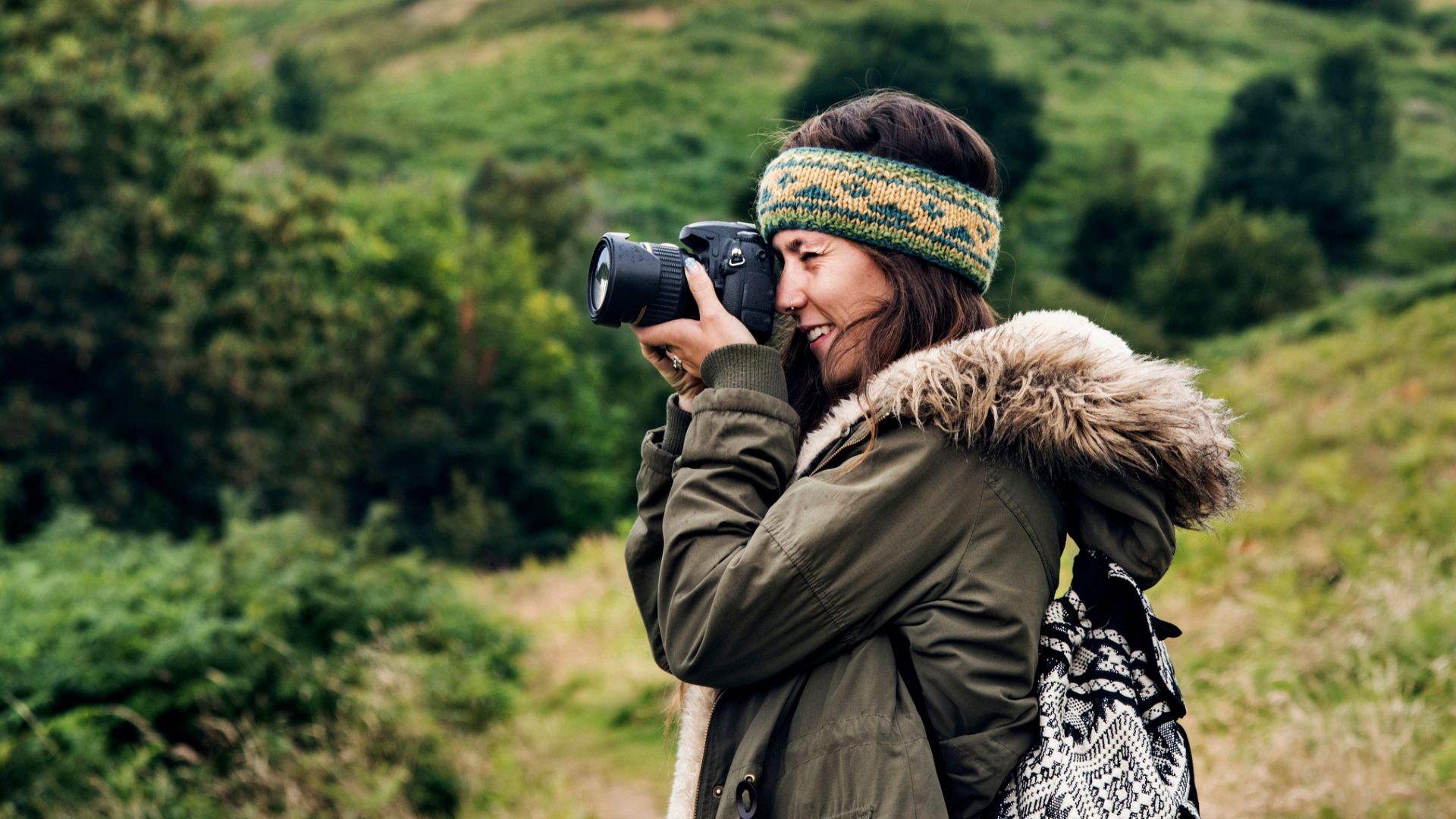
Everyone who hikes does so to enjoy it! So, capture the memories and the views along the way by taking plenty of photos. If you want to surprise yourself when you return from your hiking trip, take your photos on a disposable camera and have the film developed.
But avoid taking a drone or similar flying equipment with you on a hike as these are forbidden on many trails - and you'll struggle to get it back should it become lost in dense trees or private land.
Research the area

It's not much of a problem in the UK, but if you're planning on hiking abroad then it's essential to research the area you're going to and prepare ahead.
Do you need any additional supplies to protect against insects or animals? Are there predatory animals where you're going to be hiking like mountain lions or bears? Do you need any vaccinations for malaria or waterborne diseases? These are considerations to make if you are hiking in the USA, parts of Asia and Africa, and Central and South America.
Bring a battery pack for your phone

Even if you're just going out for a few hours, it's a good idea to bring a battery pack so you can charge your phone. These packs are only light and they pack away small so they don't take up much space.
You may run out of phone battery sooner than you normally would if you're using your phone to navigate your route, listen to music, and take pictures.
Learn basic first aid

Basic first aid is all about immediate care - it includes some simple techniques you can learn before heading out on a hike to help yourself and others who might need it. For example, learning the ABCs of first aid takes five minutes: If someone is unconscious or not responding to you, check their airway, breathing, and circulation.
It's a good idea to carry a first aid kit with you at all times when you're hiking too. This should include materials to control bleeding, treat burns, and immobilise fractures, as well as basic over-the-counter painkillers and allergy medication.
Hike with a friend

Hiking by yourself can offer a sense of peace and mindfulness - but hiking with a friend is an excellent way to spend a weekend and an easy way to get to know someone better. Plus, the combination of social activity and exercise will help release endorphins that'll make you feel amazing - per research by Tokyo Medical University.
Needless to say as well, it's also a lot safer to hike with someone else, especially if something happens and you need to go for help.
Pack toilet paper

This one doesn't need much explanation...but in the wild, sometimes a regular bathroom isn't available. Pack biodegradable toilet paper for your own comfort and follow the 200 feet rule, which means being 200ft away from the trail, campsite, and all water sources when you go.
When it comes to feminine hygiene products like pads and tampons, it's best to take these with you in a resealable bag and dispose of them in a bin at your earliest convenience.
Do some training

If you walk every day, you may not feel like you need to do any additional training for your hike but it's worth building some strength in your legs, glutes (buttocks) and upper body to support yourself on the hike.
Strength training - also known as resistance training - is best done in the gym or at home with dumbbells or kettlebells. Two to three sessions a week is ideal if you can fit it into your schedule and compound movements, such as squats, deadlifts, and chest press exercises, are best to boost your endurance and support any upward climbs you might need to do on route.
Try soft hiking

As much as it's important to push yourself on a hike and get out of your comfort zone to reap all the benefits of walking, soft hiking is another way to enjoy the outdoors without any pressure. Instead, soft hiking focuses on wellbeing and appreciating your surroundings.
It's a great way to get active and socialise with others - no one gets out of breath soft hiking - and is suitable for people of all fitness levels.
Get outside your comfort zone
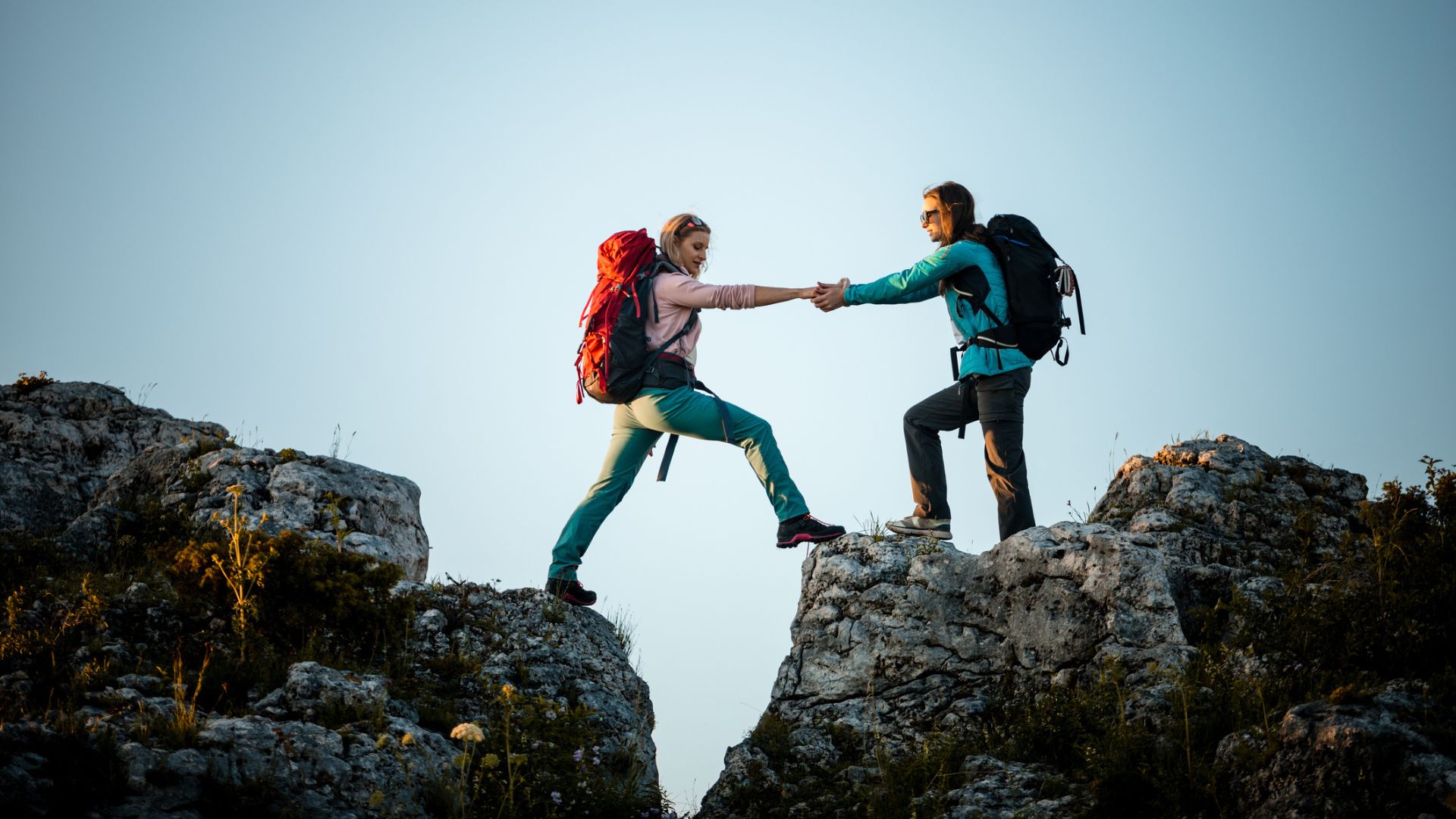
As much as walking and hiking in your local area can boost your confidence, it's important to push yourself when hiking as a beginner. Getting outside of your comfort zone can help you build confidence and boost your resilience, both on the trails and off, as you expand your skill set.
Also, the nature of being outdoors and on the move means you'll make mistakes - and learn from them, hopefully, making you a better hiker in the months and years to come.
Go hiking abroad

Getting outside your comfort zone is important when you're hiking and there's no better way to do this than go hiking abroad on one of the best hiking routes in Europe and around the world.
Taking on new trails on alternative terrains is a great way to boost your fitness, firstly. If you're normally hiking on gravel paths and trails, why not aim to go into rockier climates to challenge your muscle power and endurance?
Hiking abroad also gives you the chance to explore countries and areas that you otherwise wouldn't. For example, would you head to Colorado if it wasn't for a hike in the Rocky Mountain National Park? Maybe, but maybe not.
Make sure you can view your map offline

Whether you have your map on an app or as a photo on your phone, it's important to have a map you can view offline so you have access to your route any time - including in remote areas where there is little to no phone signal.
Maps offline, either downloaded from an app or a physical copy, don't need to be refreshed to update the route, saving battery life. You can also plan your hike before you head off if your map is downloaded and ready to go.
Buy some hiking poles

You might think that hiking poles are only for 'serious' hikes but there are so many benefits to having a pair of extendable hiking poles in your backpack on 'lighter' hikes and longer walks.
Hiking poles act as an additional balance point - another pair of feet, if you will - and can help you walk faster with more stability when you need to. They also help reduce impact on the lower back and protect the knee, ankle, and hip joints when going downhill, while forcing you to engage your upper body for extra support when going uphill.
Pick your season carefully

It's tempting to pick the sunnier seasons for a hike but these are often the busiest ones, where families head to the trails to entertain children during the holidays and tourists take on a hike to find the views in the local area.
Instead, try hiking in the autumn. With its crisp mornings, warm afternoons, and predictable weather, the temperature in autumn is perfect for a long walk on the trails and the scenery is often more visually stunning with brown, oranges, and red leaves. There are also often fewer insects and more chance of seeing wildlife as animals prepare to hibernate for the winter.
Always have a plan B
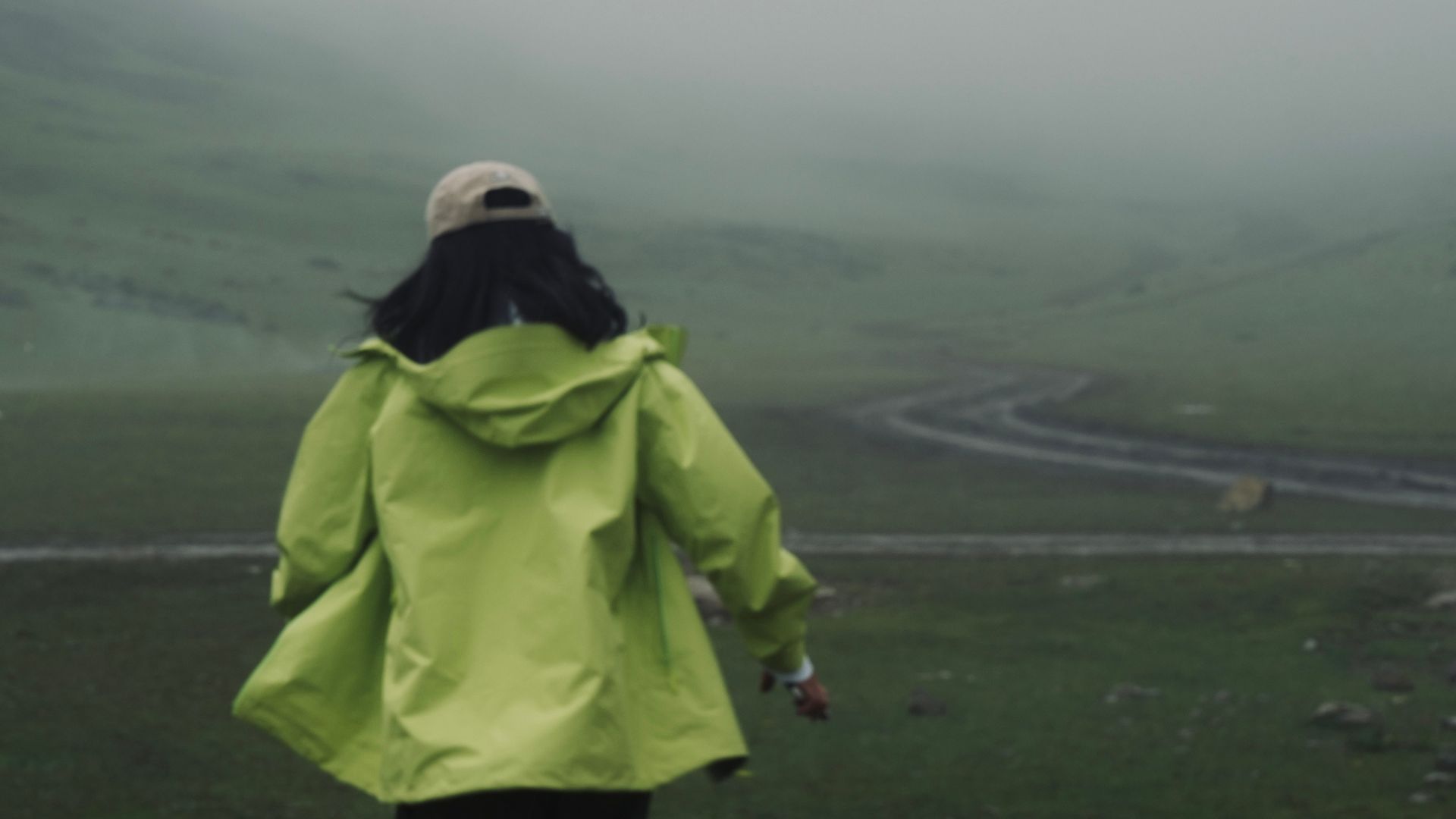
Not everything goes to plan in the great outdoors, so it's essential to have a plan B. Maybe the trail is blocked by wildlife habitat or bad weather. You might have forgotten an essential piece of equipment - like your hiking shoes. Perhaps your route home on the other side of your hike isn't suitable or available any more.
If any of this happens, you need another plan to make the most of your hiking time.
Start cold

It might sound contrary to common sense, but when you're hiking in cold weather, it's a good idea to start with fewer layers than you think you might need. Doing so means you can add layers as you like to stay comfortable and get the benefit of every layer you add.
Starting cold will mean that you don't overheat, which is equally as important as being warm enough on a hike. When you start walking, you'll warm up quickly and start sweating. The key to staying dry and warm on a hike, in part, is to avoid excessive sweating which can sit on the clothing close to the skin and make you cold and uncomfortable.
Pace yourself

Just like on a run, it's important to pace yourself on a hike. Taking a steady pace from the beginning will help avoid tiredness from setting off to fast and help you plan the hike more efficiently as you'll roughly be able to tell when you're going to hit certain areas and get to the end.
Plus, pacing yourself on the hike will make the whole experience more enjoyable and allow others to keep up with faster walkers if you're hiking in a group.

Grace Walsh is woman&home's Health Channel Editor, working across the areas of fitness, nutrition, sleep, mental health, relationships, and sex. She is also a qualified fitness instructor. In 2025, she will be taking on her third marathon in Brighton, completing her first ultra marathon, and qualifying as a certified personal trainer and nutrition coach.
A digital journalist with over seven years experience as a writer and editor for UK publications, Grace has covered (almost) everything in the world of health and wellbeing with bylines in Cosmopolitan, Red, The i Paper, GoodtoKnow, and more.